The pond pump market is projected to reach USD 98 billion by 2032, driven by urbanization and eco-friendly innovations. This article provides an in-depth analysis of key factors for selecting pond pumps, including energy efficiency, advanced features, and regulatory compliance. Professional buyers will find valuable insights to optimize their purchasing decisions and stock the most competitive products.
Table of Contents:
-The Market Overview of Pond Pumps in 2025
-Detailed Introduction and Analysis of the Pond Pump Market
-Key Factors When Selecting a Pond Pump
-Advanced Features and Technologies in Pond Pumps
-Durability and Build Quality of Pond Pumps
-Regulatory Compliance and Certifications
-The Importance of Proper Installation and Setup
-Final Thoughts
The Market Overview of Pond Pumps in 2025
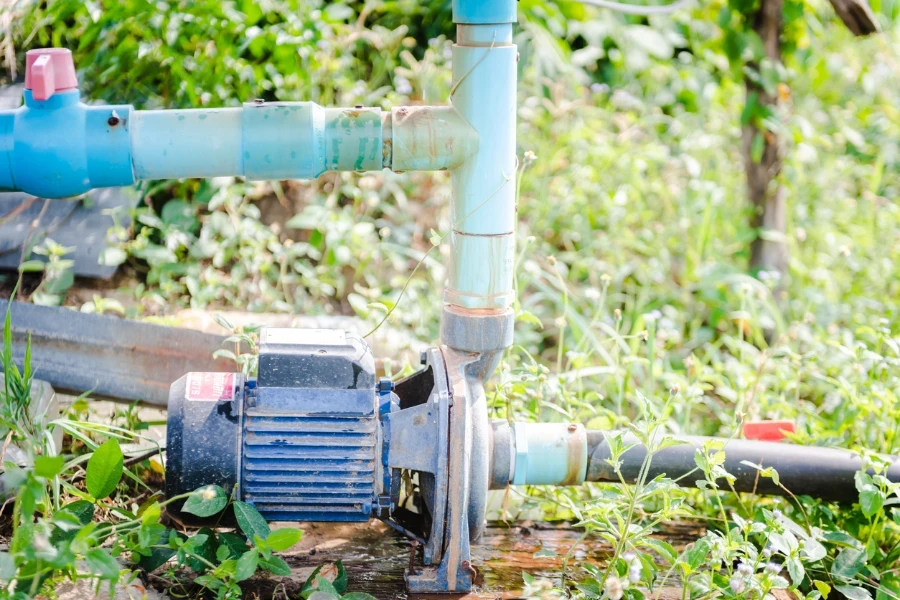
The pond pump market is experiencing steady growth, with the global market size projected to reach USD 98 billion by 2032, growing at a compound annual growth rate (CAGR) of 2.99% from 2023. This growth is driven by the increasing demand for water features and the rise in the construction of residential and commercial properties with landscape enhancements. The Asia Pacific region is expected to dominate the market due to rapid urbanization, economic growth, and infrastructure expansion in countries like China and India.
In 2023, the centrifugal pump segment held the largest revenue share, driven by its efficiency and versatility in handling various fluid types. The demand for energy-efficient and environmentally friendly pumps has surged, pushing manufacturers to innovate and provide sustainable solutions. The adoption of smart and IoT-enabled pumps is another significant trend, enhancing operational efficiency and enabling real-time monitoring and predictive maintenance.
The pond pump market is also focusing on developing products that cater to specific consumer needs, such as solar-powered pumps for eco-friendly applications and submersible pumps for ease of installation and maintenance. The market is highly competitive, with key players like Grundfos, Xylem Inc., and Flowserve leading in technological advancements and product offerings.
Detailed Introduction and Analysis of the Pond Pump Market
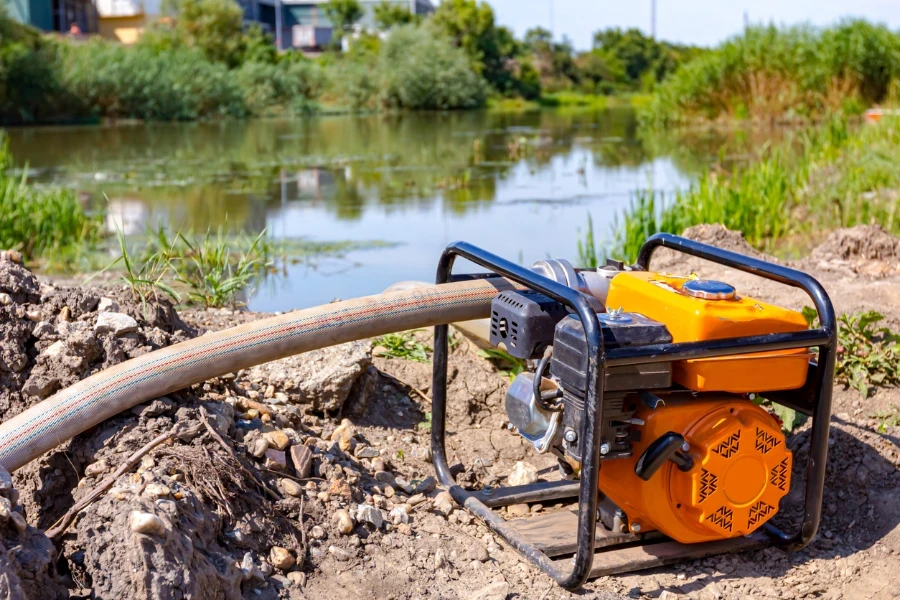
The pond pump market offers a diverse range of products for various applications, including ornamental ponds, aquaculture, and wastewater management. Key performance benchmarks for these pumps include energy efficiency, flow rate, and durability. Market dynamics are influenced by economic factors such as rising disposable incomes and the increasing trend of home gardening and landscaping.
Centrifugal pumps are the most popular due to their high efficiency and capability to handle large volumes of water. Reciprocating and rotary pumps also hold significant shares, particularly in applications requiring precise flow control and handling of viscous fluids. The growing adoption of sustainable and eco-friendly technologies is pushing manufacturers to innovate and offer products that meet stringent environmental regulations.
Consumer behavior is shifting towards smart and connected devices, leading to the rise of IoT-enabled pond pumps. These smart pumps offer features like remote monitoring, automated control, and predictive maintenance, providing users with convenience and operational efficiency. The distribution channels for pond pumps include both online and offline platforms, with an increasing trend towards e-commerce due to the convenience and wide range of options available.
Recent innovations in the pond pump market include the development of solar-powered pumps, gaining popularity due to their sustainability and cost-effectiveness. The product lifecycle stages indicate a growing market with significant opportunities for new entrants and existing players to expand their product portfolios and enhance their market presence. Digitalization and advanced technologies are expected to further drive market growth and offer new avenues for differentiation and competitive advantage.
Customer pain points in the pond pump market include high operational costs, maintenance requirements, and the need for energy-efficient solutions. Manufacturers are addressing these issues by offering products with improved energy efficiency, durability, and ease of maintenance. Brand positioning strategies focus on highlighting technological advancements, reliability, and the environmental benefits of their products.
Differentiation strategies in the pond pump market include offering customized solutions, enhancing product features, and providing exceptional customer service. Niche markets, such as aquaponics and advanced water filtration systems, present opportunities for specialized products and targeted marketing efforts. The pond pump market is poised for continued growth, driven by technological advancements, increasing consumer awareness of sustainable practices, and the expanding scope of applications.
Key Factors When Selecting a Pond Pump
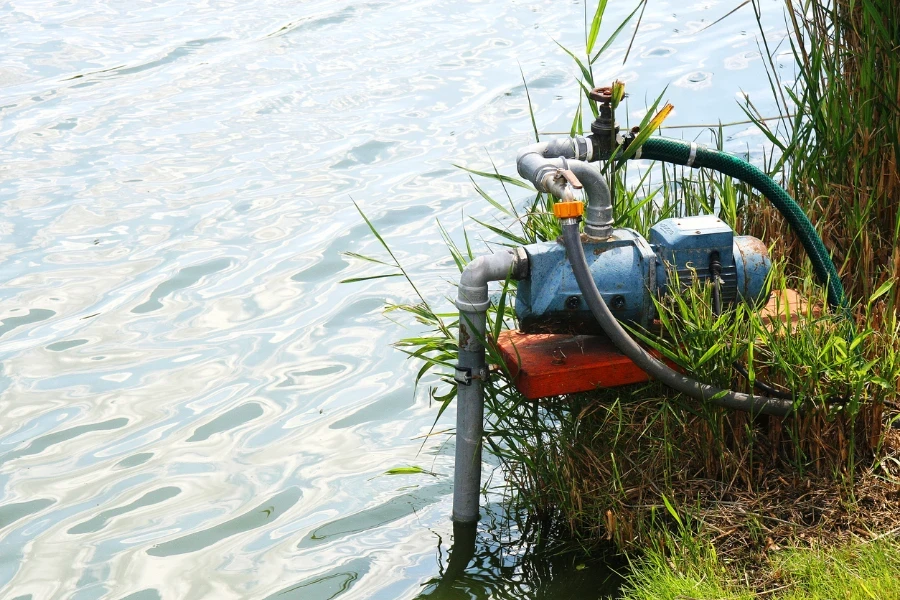
Choosing the right pond pump is critical for the health and aesthetics of your pond ecosystem. Various factors must be considered to ensure optimal performance and longevity of the pump. These include the type of pump, its capacity, energy efficiency, ease of maintenance, and compatibility with other pond equipment.
Type of Pump
There are two primary types of pond pumps: submersible and external.
Submersible Pumps operate underwater, making them ideal for smaller ponds and water features. They are easy to install and can be placed directly in the pond, which helps with noise reduction. These pumps are generally more affordable and come in a range of capacities. However, they may require more frequent maintenance due to debris accumulation.
External Pumps are placed outside the pond. They are suitable for larger ponds and systems requiring higher flow rates. External pumps are typically more durable and energy-efficient compared to submersible pumps. They also offer easier access for maintenance but can be noisier and require more complex installation.
Capacity and Flow Rate
The capacity of a pond pump is measured by its flow rate, usually expressed in gallons per hour (GPH). The required flow rate depends on the size of the pond and its intended use. For a standard pond, the pump should circulate the entire volume of water at least once per hour. For example, a 1,000-gallon pond would need a pump with a flow rate of at least 1,000 GPH. If the pond includes additional features such as waterfalls or fountains, a higher flow rate will be necessary to ensure adequate water movement and oxygenation.
Energy Efficiency
Energy efficiency is crucial for pond pumps, especially for larger ponds or systems that operate continuously. Pumps with higher efficiency ratings consume less power, which translates to lower operational costs and reduced environmental impact. Modern pond pumps often incorporate advanced technologies such as variable speed drives, allowing the pump to adjust its flow rate based on current demand. This not only saves energy but also extends the lifespan of the pump by reducing wear and tear.
Ease of Maintenance
Maintenance requirements can significantly impact the long-term performance and reliability of a pond pump. Submersible pumps usually require more frequent cleaning due to their placement in the pond, where they are exposed to debris and sediment. Look for models with easy-to-remove covers and accessible impellers to simplify the maintenance process. External pumps, while generally easier to maintain, still require regular checks for leaks, wear, and proper functioning. Choosing a pump with readily available replacement parts and a comprehensive warranty can help minimize downtime and maintenance costs.
Compatibility with Other Equipment
Ensuring that the pond pump is compatible with other pond equipment is essential for seamless operation. This includes filters, UV clarifiers, skimmers, and aerators. For instance, the pump’s flow rate should match the capacity of the pond filter to ensure efficient water filtration. Additionally, consider the pump’s head height, which is the maximum height the pump can lift water. This is particularly important for ponds with waterfalls or elevated features, as the pump must be capable of delivering water to the desired height without significant loss of flow rate.
Advanced Features and Technologies in Pond Pumps
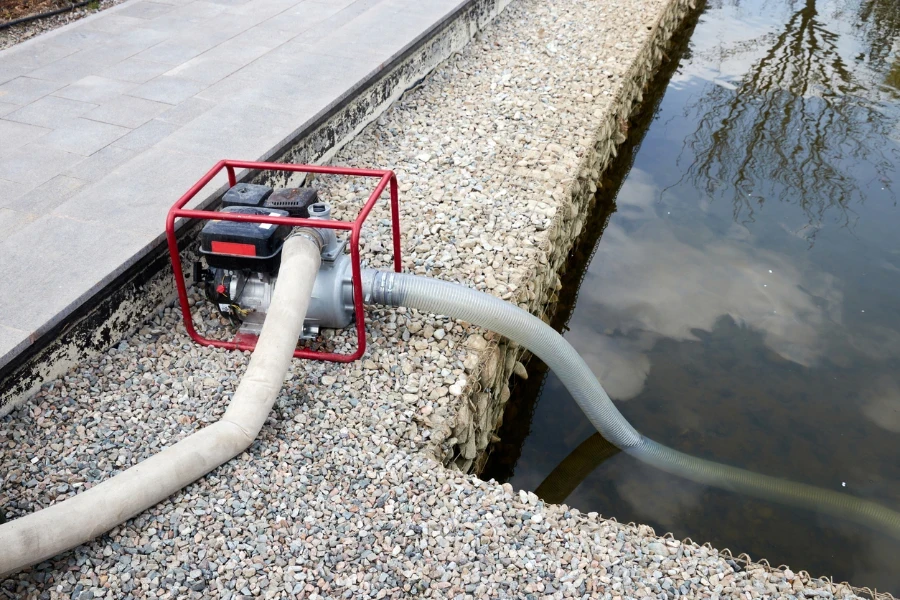
Pond pumps have evolved significantly with advancements in technology, offering a range of features that enhance performance and user convenience.
Variable Speed Pumps
Variable speed pumps allow users to adjust the flow rate according to specific requirements, providing greater control over water circulation and energy consumption. These pumps are equipped with digital controllers that can be programmed to operate at different speeds throughout the day, optimizing performance and reducing energy usage.
Smart Pumps
Smart pond pumps integrate with home automation systems and can be controlled remotely via smartphone apps. These pumps often include sensors that monitor water quality, flow rate, and pump performance, alerting users to potential issues before they become serious problems. This level of automation ensures optimal pond health and reduces the need for manual intervention.
Energy-Efficient Motors
Modern pond pumps are designed with energy-efficient motors that consume less power while delivering high performance. Brushless DC motors, for example, offer superior efficiency and longevity compared to traditional AC motors. These motors generate less heat and noise, making them ideal for continuous operation in residential and commercial settings.
Self-Cleaning Mechanisms
Some advanced pond pumps come with self-cleaning mechanisms that reduce maintenance requirements. These pumps are equipped with impellers that automatically reverse direction periodically, dislodging debris and preventing clogs. This feature is particularly beneficial for submersible pumps, which are more prone to debris accumulation.
Durability and Build Quality of Pond Pumps
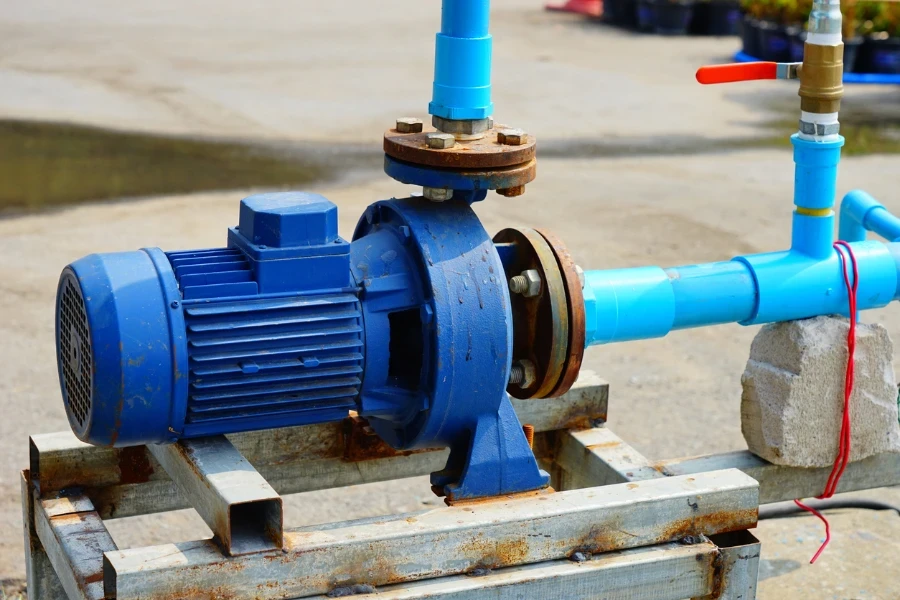
The durability and build quality of a pond pump are critical factors that influence its long-term performance and reliability.
Material Construction
High-quality pond pumps are constructed from durable materials such as stainless steel, reinforced plastics, and corrosion-resistant alloys. These materials ensure that the pump can withstand harsh environmental conditions, including prolonged exposure to water, UV radiation, and temperature fluctuations.
Sealing and Insulation
Proper sealing and insulation are essential to protect the pump’s internal components from water ingress and electrical faults. Look for pumps with high IP (Ingress Protection) ratings, which indicate superior resistance to dust and water. Additionally, pumps with thermal overload protection can prevent damage caused by overheating and electrical surges.
Warranty and Support
A comprehensive warranty and robust customer support are indicators of a manufacturer’s confidence in their product. Reputable brands often offer extended warranties and responsive customer service to address any issues that may arise. Ensure that the pump you choose comes with a warranty that covers both parts and labor, providing peace of mind and reducing potential repair costs.
Regulatory Compliance and Certifications
Compliance with industry standards and certifications is a crucial consideration when selecting a pond pump.
Safety Standards
Pond pumps must adhere to safety standards set by regulatory bodies such as the Underwriters Laboratories (UL), the Canadian Standards Association (CSA), and the European Conformity (CE). These certifications ensure that the pump has been tested for safety and performance, reducing the risk of electrical hazards and mechanical failures.
Environmental Regulations
In addition to safety standards, pond pumps should comply with environmental regulations, particularly regarding energy efficiency and emissions. Look for pumps that meet or exceed the requirements of programs such as ENERGY STAR, which certifies products that deliver superior energy efficiency without compromising performance.
The Importance of Proper Installation and Setup
Proper installation and setup are essential to ensure the optimal performance and longevity of a pond pump.
Site Preparation
Before installing the pump, it’s important to prepare the site adequately. This includes selecting a suitable location that is protected from direct sunlight, debris, and potential flooding. For submersible pumps, ensure that the pond is clean and free of large debris that could clog the pump.
Electrical Connections
Proper electrical connections are crucial for the safe operation of the pond pump. Ensure that the pump is connected to a ground-fault circuit interrupter (GFCI) outlet to protect against electrical shocks. Additionally, use waterproof connectors and conduits to safeguard the electrical components from water exposure.
Priming and Testing
After installation, prime the pump by filling it with water to remove any air pockets that could impede its operation. Once the pump is primed, conduct a thorough test to ensure that it is functioning correctly. Check for any leaks, unusual noises, or fluctuations in flow rate, and address any issues promptly to prevent damage to the pump and pond ecosystem.
Final Thoughts
In summary, selecting the right pond pump involves careful consideration of various factors, including the type of pump, capacity, energy efficiency, ease of maintenance, and compatibility with other equipment. Advanced features and technologies, such as variable speed controls and smart connectivity, can further enhance the pump’s performance and user experience. Additionally, durability, build quality, regulatory compliance, and proper installation are critical to ensuring the long-term reliability and safety of the pump. By taking these factors into account, you can choose a pond pump that meets your specific needs and contributes to a healthy and vibrant pond ecosystem.




